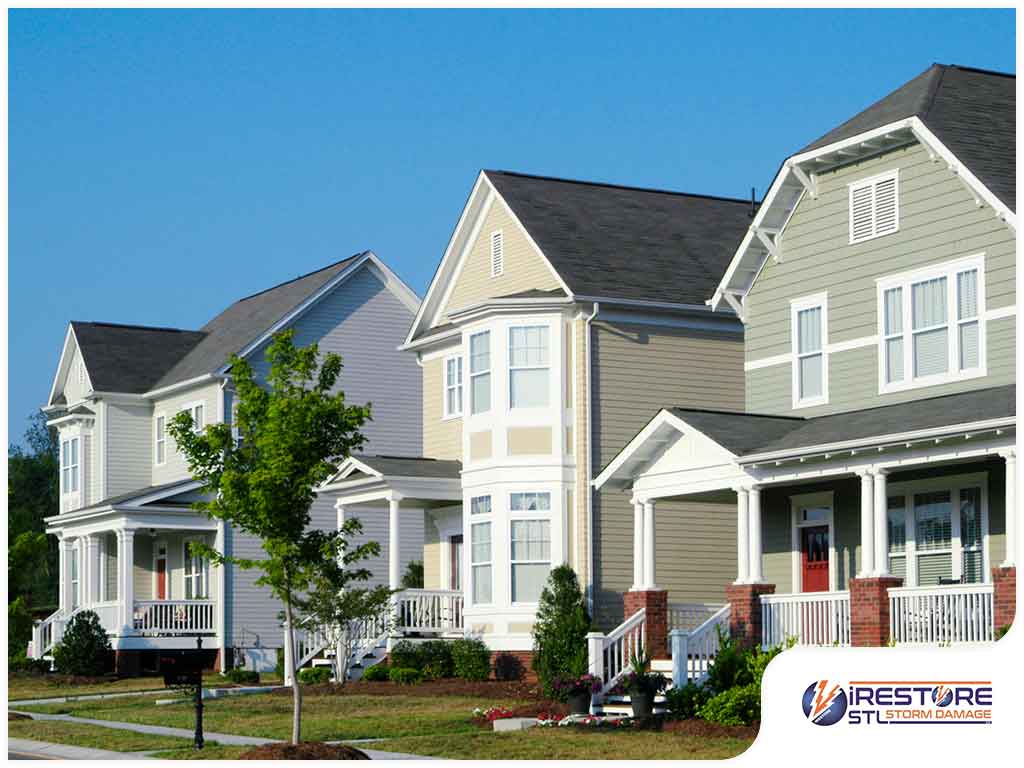For most homeowners, choosing roofing materials is usually a matter of aesthetics and affordability. There’s more to it, however. Roof replacement pros will tell you that the roof’s pitch is another thing to consider when making your selection. As it turns out, the pitch determines the materials you can use on your roof.

About the Roof Pitch
But first, you have to understand what a roof pitch is. Think of it as a ratio, which is read as x/y (x over y). The value x indicates how much vertical distance (rise) there is in the roof while the value y indicates the horizontal distance (run) for every 12 feet. For example, if the roof pitch is 5/12, it means that for every 12 feet of run, the roof changes 5 feet in vertical height.
Most residential roofing systems have a pitch that falls within the 4/12 up to 8/12 range (moderately to fairly steep). Commercial roofing systems, meanwhile, are often nearly flat, with a pitch of 0.25/12. A 12/12 pitch means the roof is sloped down at an angle of exactly 45 degrees.
Roof Pitches for Various Roofing Materials
Here’s a look at the roofing materials and their recommended pitches:
-
0.25/12 to 3/12 – Aside from commercial buildings, contemporary homes also have this roof pitch. Roofing types for this pitch include built-up roofing (BUR), single-ply membrane roofs and standing seam metal roofs.
-
4/12 to 20/12 – Many residential roofs fall into this category. Consider asphalt shingles – they’re perfect for roofs that are not too flat but not too steep.
-
5/12 to 12/12 – Wood and slate shingles are often installed on roofs with this pitch since they’re more vulnerable to leaks.
iRestore Stl is the leading contractor for your storm damage roof repair and replacement needs. Call (618) 593-9203 today, or fill out our contact form to request an appointment. We serve residents of Swansea, IL, and the surrounding areas.




